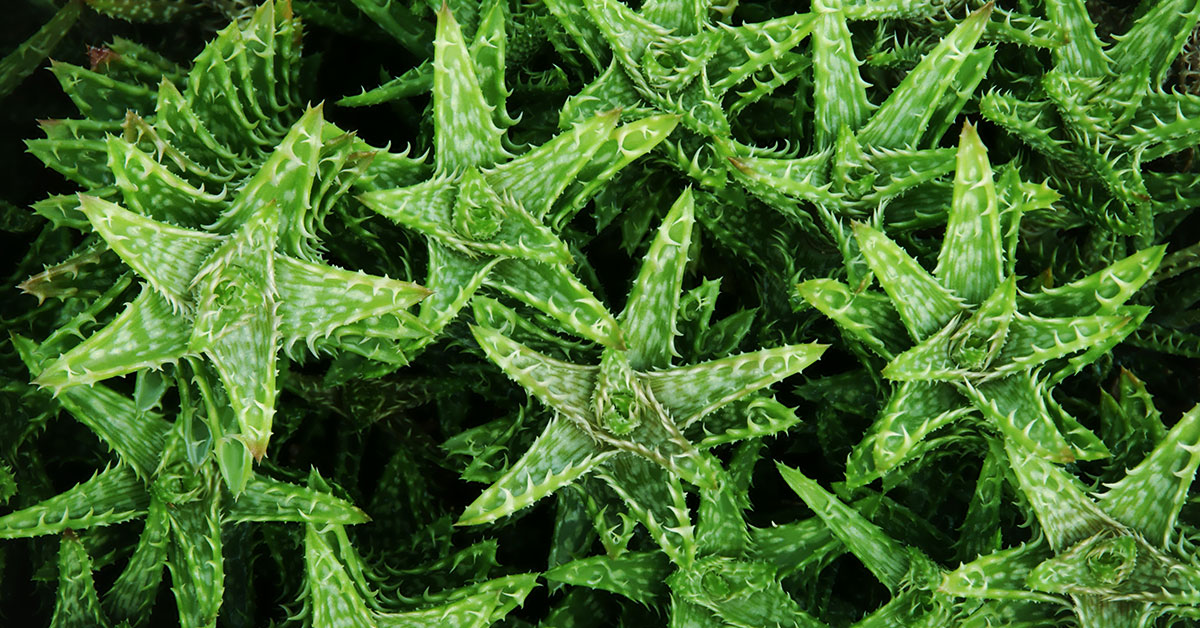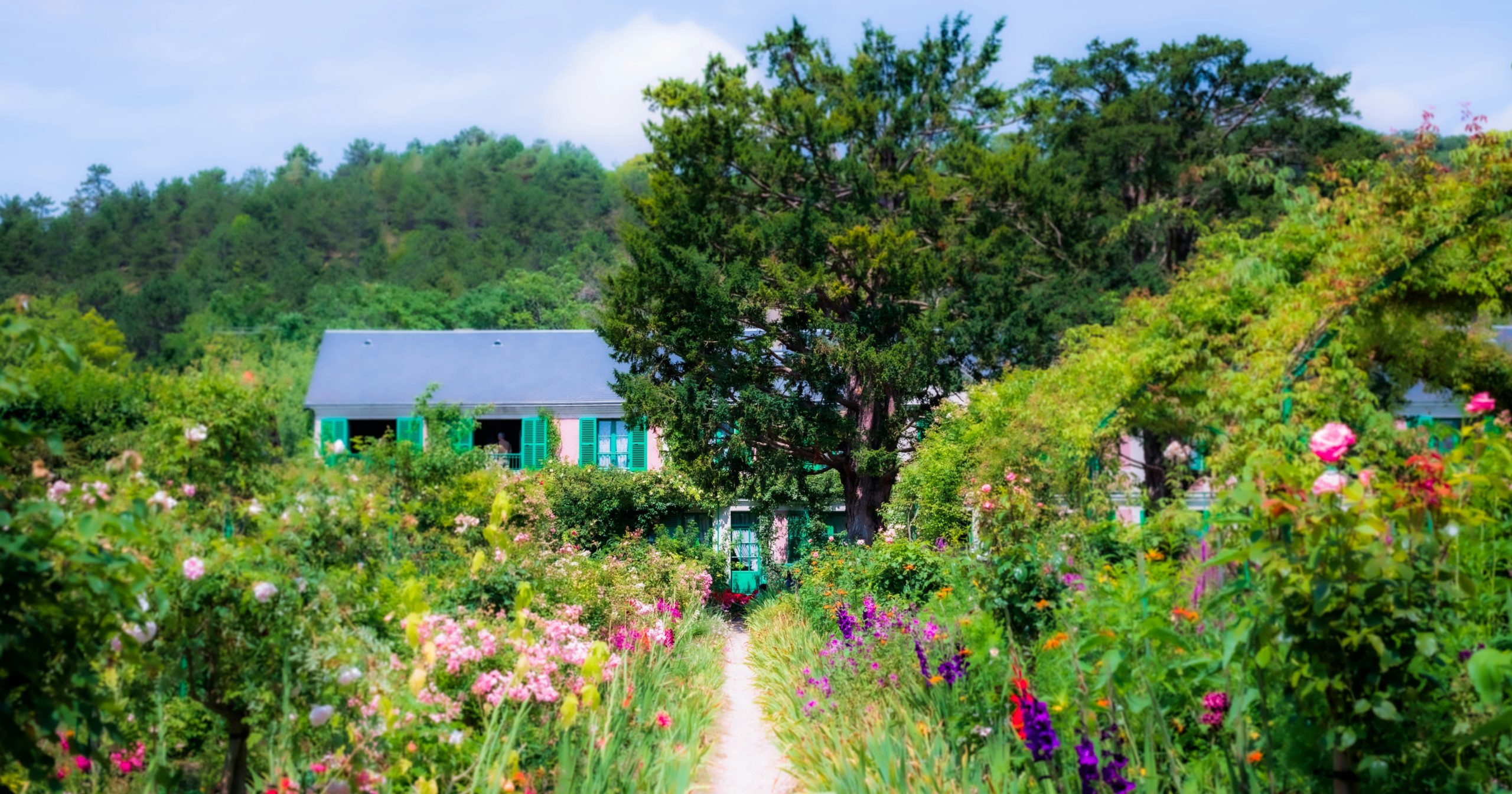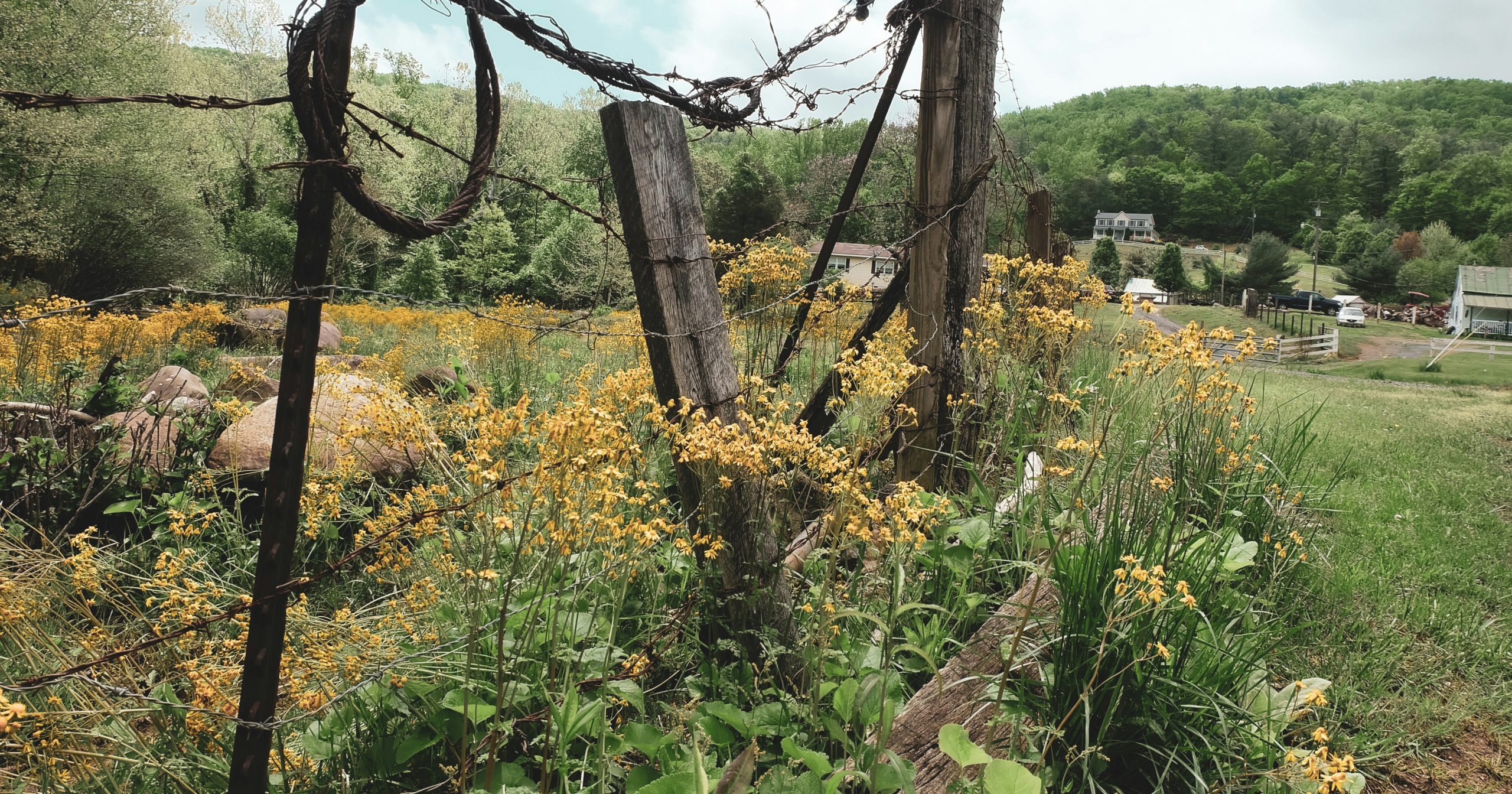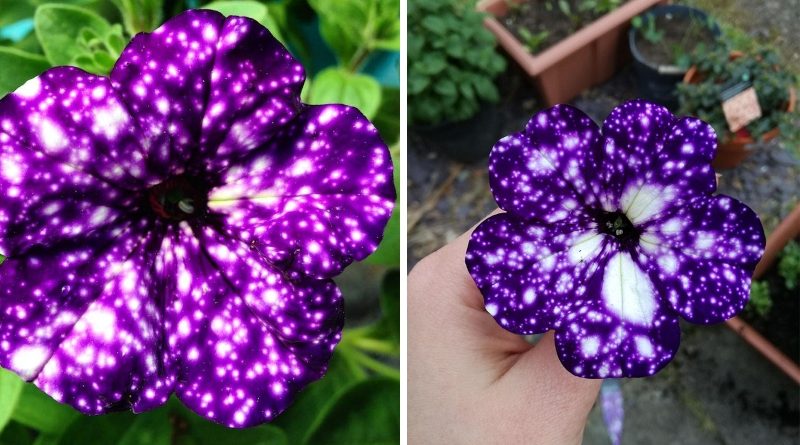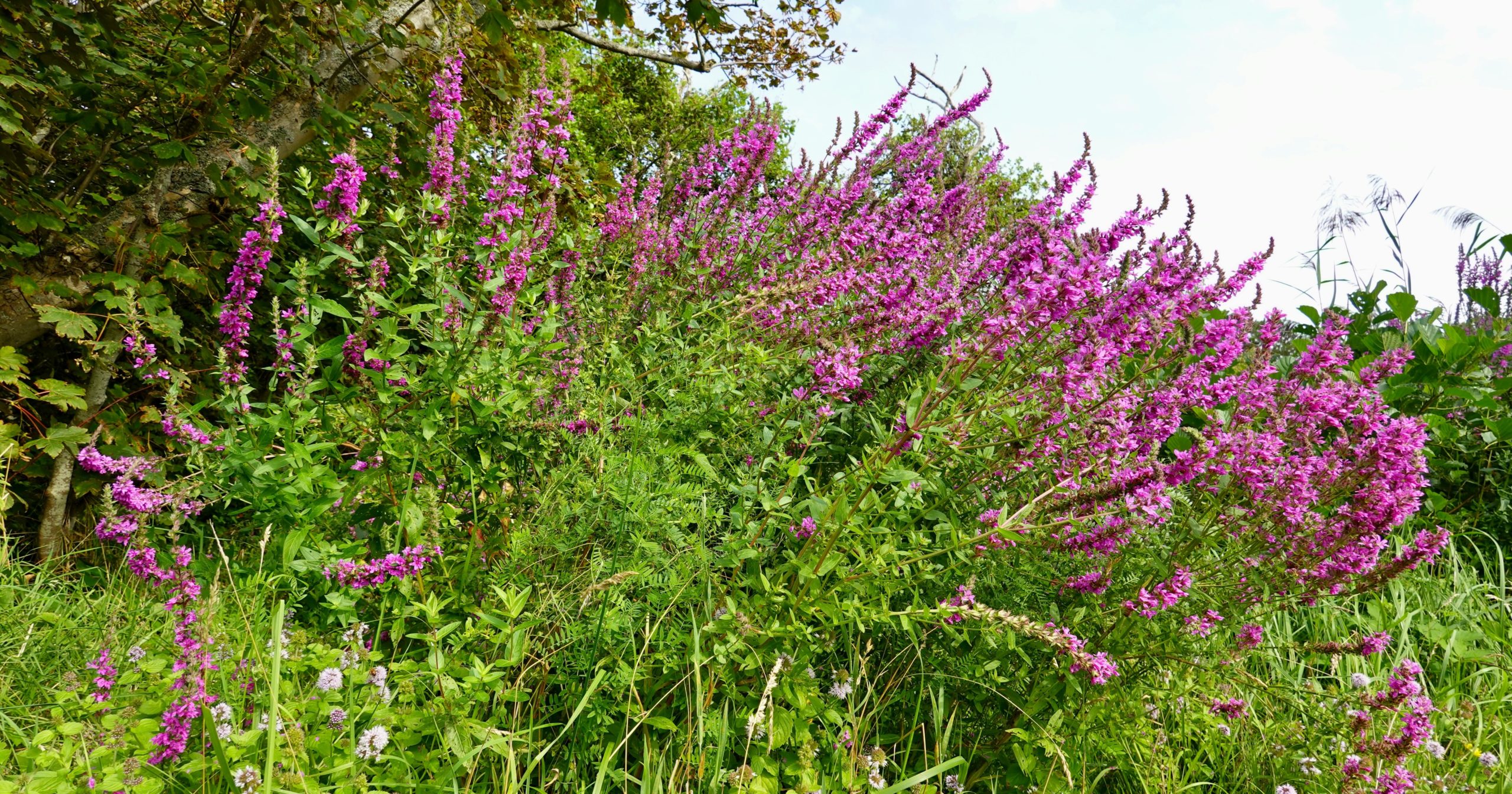Creating a butterfly garden is a fantastic way to attract these beautiful pollinators and enjoy their delightful presence in your outdoor space. Butterflies are drawn to flowers that provide nectar, and by planting a variety of these blooms, you can create a paradise that supports butterfly populations and enhances your garden’s beauty. Not only do butterfly gardens look stunning, but they also contribute to the ecosystem by supporting pollinators essential for many plants’ reproduction.
In this article, I’ll introduce you to twelve flowers that are perfect for attracting butterflies to your garden. Each of these plants offers something unique, from vibrant colors to rich nectar sources. Let’s explore these wonderful flowers and transform your garden into a butterfly haven!
Milkweed (Asclepias)
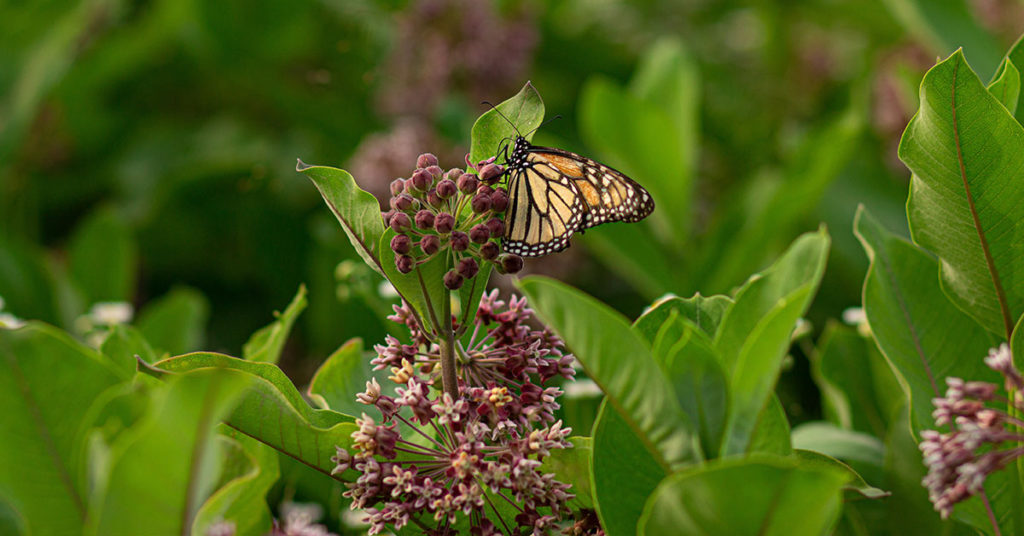
Milkweed is a must-have for any butterfly garden, especially if you want to support the endangered Monarch butterfly. Native to North America, Milkweed serves as the primary host plant for Monarch caterpillars, providing them with essential nutrients. The plant’s vibrant pink, orange, or white flowers also attract many other butterfly species with their rich nectar.
I love growing Milkweed not only for its butterfly appeal but also for its striking beauty and hardiness. This perennial plant thrives in full sun and well-drained soil, making it relatively low-maintenance. Planting Milkweed ensures you have a continuous cycle of butterflies in your garden, from egg to caterpillar to adult.
Coneflower (Echinacea)
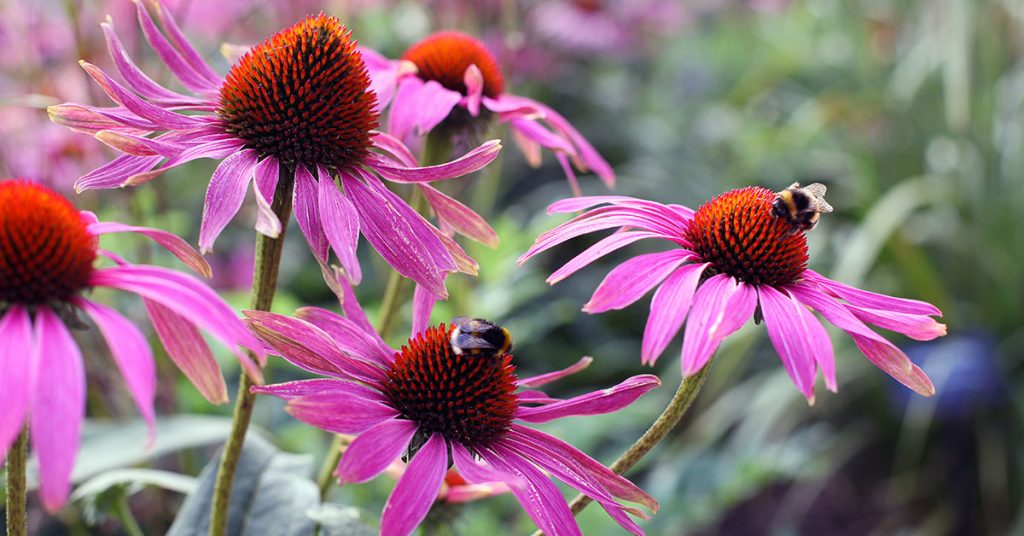
Coneflowers, native to North America, are fantastic for attracting butterflies and other pollinators. Their large, daisy-like flowers come in shades of pink, purple, and white, and they bloom from summer to fall. Coneflowers thrive in full sun and well-drained soil, making them an easy addition to any garden.
One of the things I appreciate most about Coneflowers is their versatility and resilience. They can tolerate drought and poor soil conditions, and their long bloom period provides a consistent nectar source for butterflies. Additionally, Coneflowers are excellent for cut flowers, allowing you to bring their beauty indoors.
Lantana

Lantana is a vibrant, sun-loving plant native to the tropical regions of the Americas and Africa. Its clusters of small, brightly colored flowers attract butterflies, bees, and hummingbirds. Lantana blooms in a variety of colors, including red, orange, yellow, pink, and purple, creating a lively and eye-catching display in your garden.
I enjoy growing Lantana for its continuous blooms and low maintenance needs. This plant thrives in full sun and well-drained soil, and it’s also drought-tolerant, making it perfect for hot, dry climates. Lantana’s vivid flowers not only attract butterflies but also add a splash of color to your garden from spring through fall.
Zinnia
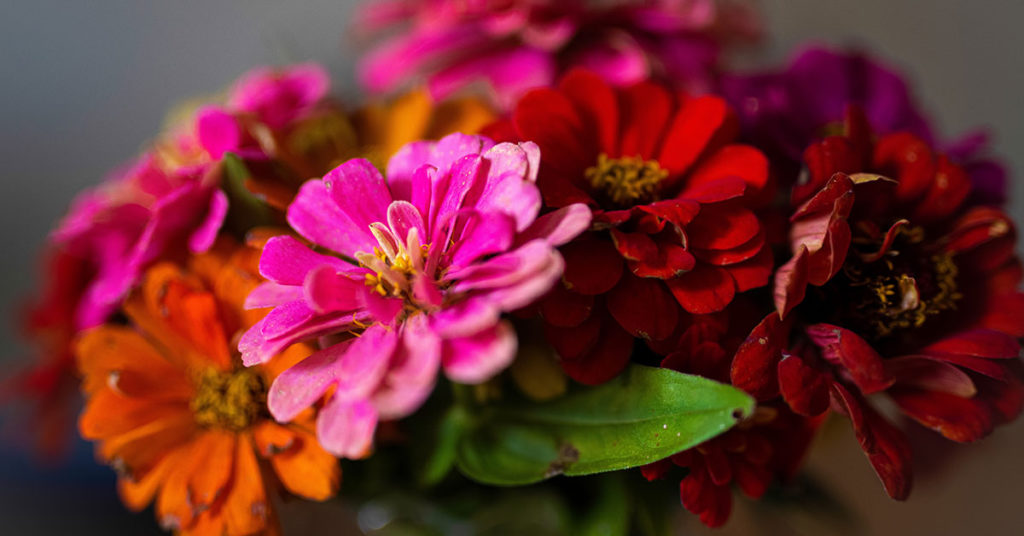
Zinnias are annual flowers native to Mexico and the southwestern United States. They are well-known for their bright, bold colors and easy-growing nature. Zinnias thrive in full sun and well-drained soil, and they produce an abundance of nectar-rich blooms that butterflies can’t resist.
One of my favorite things about Zinnias is their long-lasting blooms, which provide a continuous food source for butterflies from summer to fall. These flowers come in a wide range of colors, including red, pink, orange, yellow, and white, adding vibrant hues to your garden. Zinnias are also excellent for cutting, allowing you to enjoy their beauty indoors.
Joe-Pye Weed (Eutrochium)

Joe-Pye Weed is a tall, native North American perennial that produces large clusters of pink or purplish flowers. Blooming from late summer to fall, Joe-Pye Weed is a magnet for butterflies and other pollinators. This plant prefers full sun to partial shade and moist, well-drained soil.
I love Joe-Pye Weed for its ability to add height and structure to the garden while attracting a wide variety of butterflies. Its long-lasting blooms provide a valuable nectar source late in the season when many other flowers have faded. Plant Joe-Pye Weed in the back of borders or along fences to create a stunning backdrop for your butterfly garden.
Black-Eyed Susan (Rudbeckia)
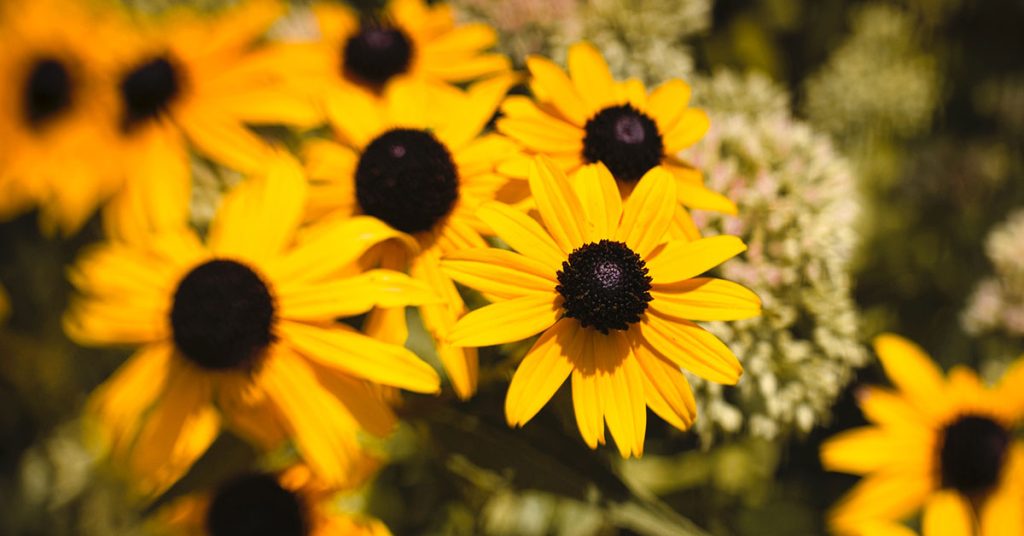
Black-Eyed Susans are cheerful, daisy-like perennials native to North America. Their bright yellow petals and dark brown centers bloom from summer to fall, attracting butterflies, bees, and other pollinators. Black-Eyed Susans thrive in full sun and well-drained soil, and they are drought-tolerant once established.
One of the reasons I enjoy growing Black-Eyed Susans is their resilience and long bloom period. They add a burst of color to the garden and require minimal maintenance. These flowers are also excellent for naturalizing, spreading over time to create a vibrant, butterfly-friendly meadow. Plus, they make great cut flowers for bringing a touch of sunshine indoors.
Butterfly Weed (Asclepias tuberosa)
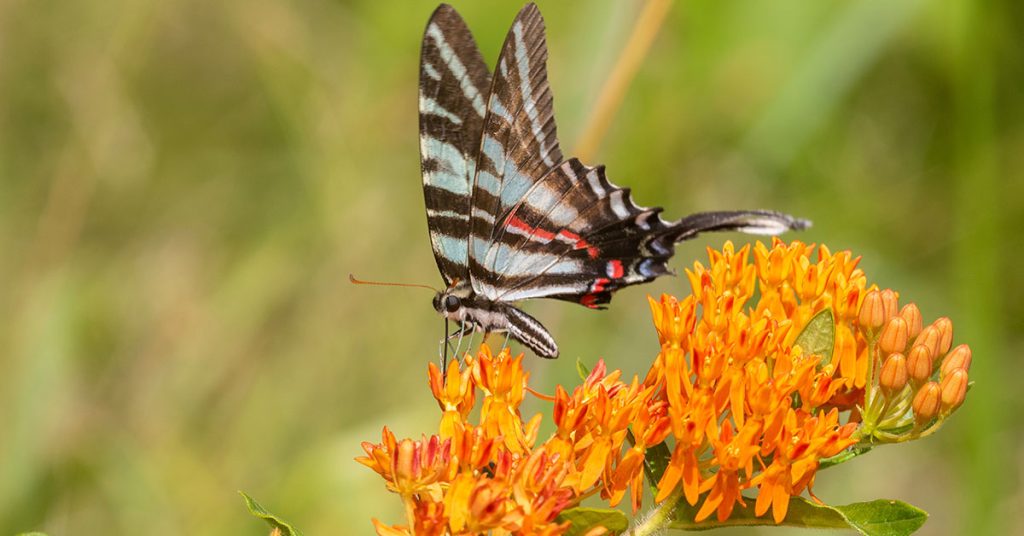
Butterfly Weed is a stunning, native North American perennial that lives up to its name by attracting numerous butterflies. Its bright orange or yellow flowers bloom from late spring to early fall, providing a rich nectar source. Butterfly Weed prefers full sun and well-drained soil and is relatively drought-tolerant once established.
I appreciate Butterfly Weed for its vibrant color and its role in supporting Monarch butterflies. Like other Milkweed species, it serves as a host plant for Monarch caterpillars. This plant adds a splash of color to any garden and requires minimal care, making it a great choice for attracting butterflies and adding visual interest.
Aster

Asters are native North American perennials that bloom in late summer to fall, providing a crucial nectar source for butterflies as the season winds down. Their daisy-like flowers come in shades of blue, purple, pink, and white, adding a burst of color to the autumn garden. Asters thrive in full sun to partial shade and well-drained soil.
One of my favorite aspects of Asters is their ability to extend the blooming season, ensuring that butterflies have a food source late in the year. These hardy plants are also resistant to many pests and diseases, making them a low-maintenance addition to the garden. Plant Asters in groups to create a colorful, butterfly-friendly display.
Verbena
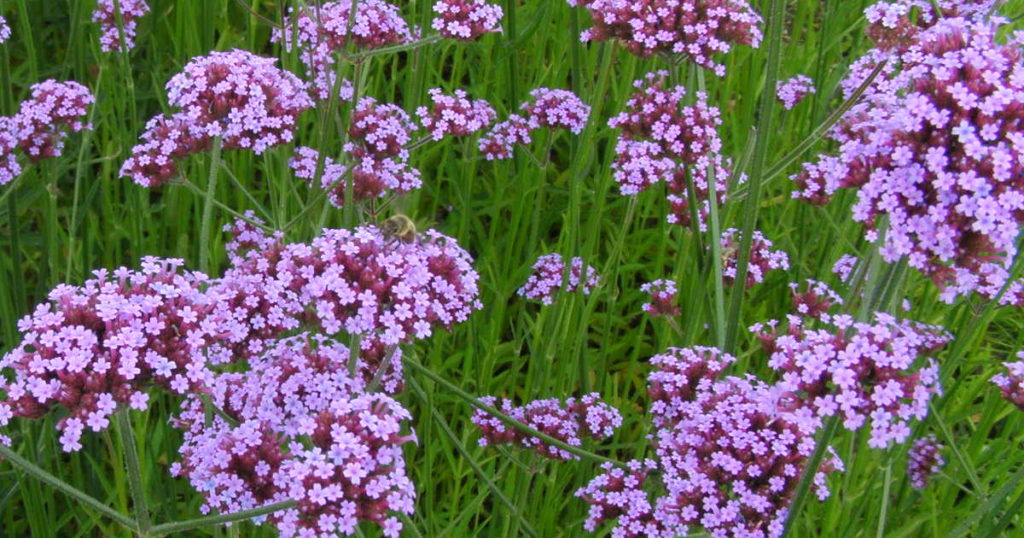
Verbena is a versatile plant with clusters of small, nectar-rich flowers that are irresistible to butterflies. Native to both the Americas and Europe, Verbena thrives in full sun and well-drained soil, and it can be grown as an annual or perennial, depending on the species and climate. The flowers come in a range of colors, including purple, pink, red, and white.
I love growing Verbena for its long bloom period and its ability to attract a wide variety of butterflies. This plant is also heat and drought-tolerant, making it ideal for warmer climates. Verbena is perfect for borders, containers, or hanging baskets, adding vibrant color and attracting pollinators throughout the growing season.
Blazing Star (Liatris)

Blazing Star is a native North American perennial known for its tall spikes of purple or white flowers. These flowers bloom from mid-summer to fall and are a favorite of butterflies and other pollinators. Blazing Star prefers full sun and well-drained soil and is relatively drought-tolerant once established.
I find Blazing Star to be an excellent choice for adding vertical interest to the garden while attracting butterflies. Its unique, bottlebrush-like flowers provide a striking visual contrast to other garden plants. Plant Blazing Star in groups for a dramatic effect, and enjoy the flurry of butterflies it attracts.
Phlox
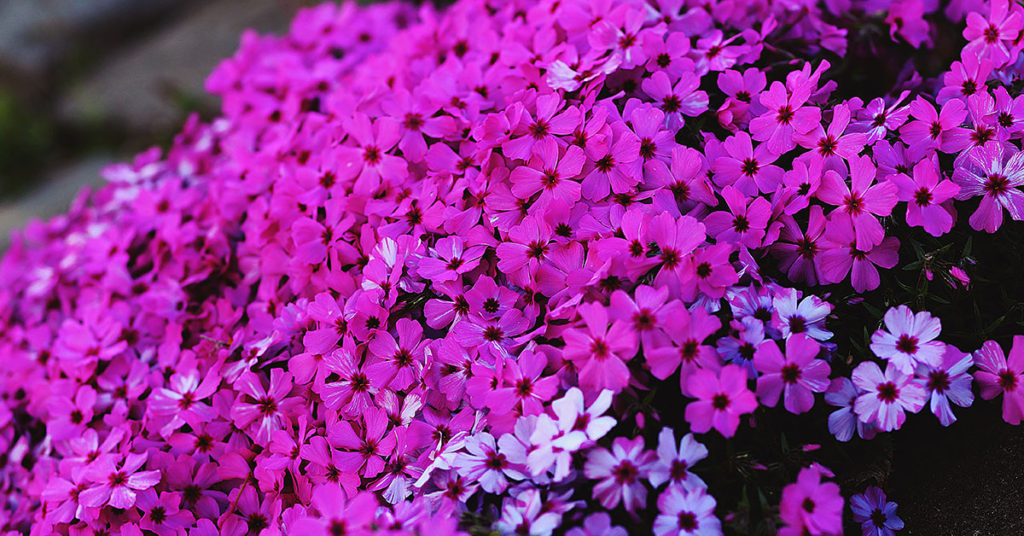
Phlox is a versatile plant native to North America, with both annual and perennial varieties available. Its clusters of fragrant, star-shaped flowers bloom from spring to fall, depending on the species. Phlox thrives in full sun to partial shade and well-drained soil, making it a flexible addition to any garden.
One of the things I love most about Phlox is its ability to attract butterflies with its sweet scent and vibrant colors. The flowers come in shades of pink, purple, red, white, and blue, adding a splash of color to your garden. Phlox is also easy to care for, making it perfect for both experienced and novice gardeners.
Marigold
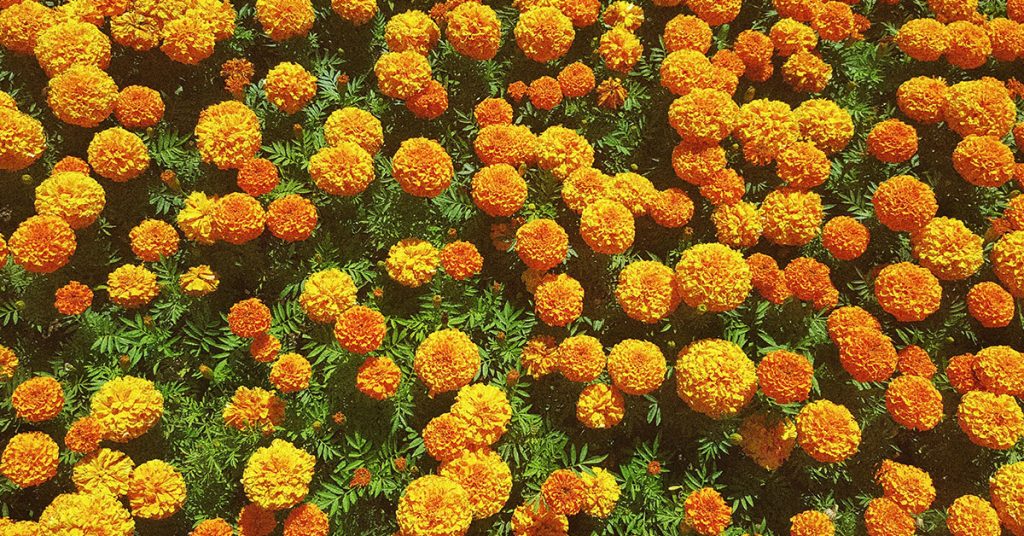
Marigolds are cheerful annuals native to Mexico and Central America. They are known for their bright, sunny blooms in shades of yellow, orange, and red. Marigolds thrive in full sun and well-drained soil and are very easy to grow, making them perfect for attracting butterflies to any garden.
I love using Marigolds in my garden not only for their vibrant color but also for their pest-repellent properties. These flowers produce a strong scent that deters many garden pests, while their nectar-rich blooms attract butterflies and other beneficial insects. Plant Marigolds in borders, containers, or throughout your garden beds to create a lively, butterfly-friendly environment.



